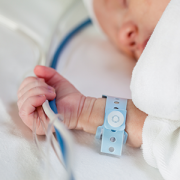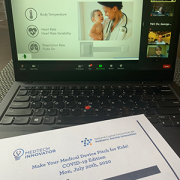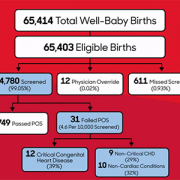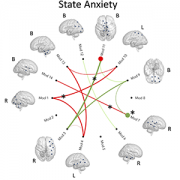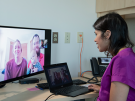Cardiac technology advances show promise for kids but only if right-sized
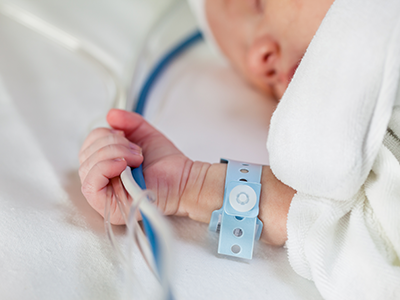
“Smaller patients, and those with congenital heart disease, can benefit from minimally-invasive methods of delivering pacemakers and defibrillators without the need for open-chest surgery,” says Charles Berul, M.D.
How to address the growing need for child-sized pacemakers and defibrillators, and finding better surgical techniques to place them, is the topic of an invited session called The Future is Now (or Coming Soon): Updates on New Technologies in Congenital Heart Care at the 2020 American Heart Association Scientific Sessions.
“Smaller patients, and those with congenital heart disease, can benefit from minimally-invasive methods of delivering pacemakers and defibrillators without the need for open-chest surgery,” says Charles Berul, M.D., co-director of the Children’s National Heart Institute and chief of Cardiology at Children’s National Hospital, who presented at the session.
“This unmet need can only be met by innovative pediatric research, geared towards miniaturization technologies for use in the smallest of children,” he says.
His presentation focused on the devices and approaches that have caught the attention of pediatric cardiology, such as pacemakers and subcutaneous defibrillators designed without lead wires, as well as less-invasive surgical approaches that may reduce recovery time for children with congenital heart disease who require these assist devices.
Using them in kids comes with added challenges, however. Often pediatric cardiologists have to be creative in how to make them work for smaller patients, Dr. Berul notes. This reiterates the important point that simply applying an adult technology to a child isn’t the right approach. The subcutaneous defibrillator, for example, is still pretty large for a child’s body. Some studies also show these devices may not be as accurate in children as in adults.
Investigators in the Sheikh Zayed Institute working together with the cardiologists at Children’s National Hospital are focused on product development and commercialization of tools and techniques to allow percutaneous minimally-invasive placement of devices, taking advantage of the newest devices and surgical techniques as they develop.
In his presentation, Dr. Berul stressed that as the technology for adults advances, it creates an opportunity for pediatric cardiology, but only if the devices, and the techniques to place them, are specifically redesigned for pediatric application.
American Heart Association Scientific Sessions 2020
The Future is Now (or Coming Soon): Updates on New Technologies in Congenital Heart Care – On Demand Session
CH.CVS.715
9:00am – 10:00am
Fri, Nov 13 (CST)


